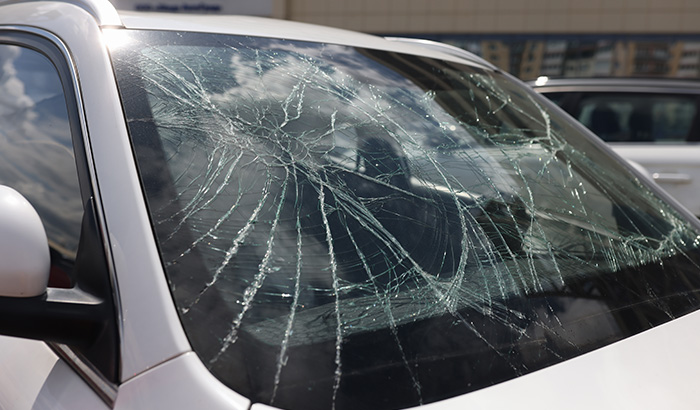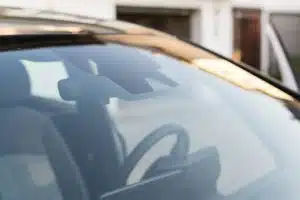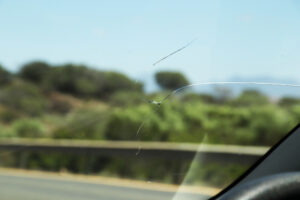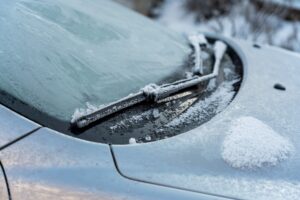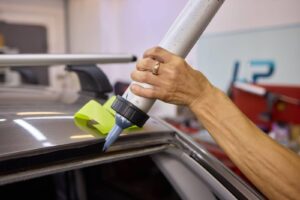As you embark on your daily commutes and road trips, your car’s windshield stands as a hero. It offers you a clear view of the world while shielding you from its harsh realities. But what happens when this protective barrier encounters the inevitable chips and cracks of life on the road?
Understanding the difference between these two types of damage is not merely about vehicle maintenance; it’s a crucial aspect of ensuring your safety and that of your passengers. In this comprehensive guide, we dive into the intricate world of windshield chips and cracks, unraveling their mysteries and providing you with the essential knowledge to address these common issues.
From identifying the type of damage to exploring repair options and preventative measures, we’ll equip you with the insights you need to keep your windshield and journey clear and safe. Let’s explore the nuances that differentiate a simple chip from a potentially hazardous crack and learn how to effectively manage these challenges to ensure your vehicle remains a safe, secure, and reliable companion on the road.
What is a windshield chip?
- Definition and characteristics: A windshield chip is a small point of damage on the glass, often caused by the impact of debris. These chips vary in shape — some look like bull’s-eyes, stars, or small pits.
- Causes: Common causes include small stones or debris hitting the windshield at high speeds, especially on highways or during heavy traffic when road materials are thrown into the air.
- Risks and complications: Ignoring a chip often leads to it expanding into a larger crack. Changes in temperature, or even the pressure of car washes, can transform a small, easily repairable chip into a significant problem. If you find a chip or crack, you should repair it right away.
What is a windshield crack?
- Definition and characteristics: A windshield crack is a distinct line that runs across the windshield. It can be straight or branched.
- Causes: Cracks often originate from a neglected chip, but are sometimes due to structural stress, temperature fluctuations, or impact with a larger object.
- Safety concerns: A windshield crack might compromise the structural strength and impede the driver’s vision, which are critical safety concerns. If a windshield crack goes across the driver’s line of sight, it poses a safety risk.
- Repair or replace: The next step is to decide on repair or replacement. The rule of thumb is that you can generally repair cracks shorter than a dollar bill. However, cracks that are longer, or those at the windshield’s edge, typically necessitate a complete replacement.
Assessing windshield damage
- Professional evaluation: A professional evaluation helps determine the best course of action for a damaged windshield. They have specialized tools and materials that they use to stabilize and repair windshield cracks and chips.
- DIY assessment tips: Drivers should look for signs like the size and depth of the chip or crack. Chips that are smaller than a quarter and cracks less than three inches long are usually repairable.
- When to act: Act quickly when you notice windshield damage. The longer you wait, the worse the damage can become, often leading to more costly repairs or replacements.
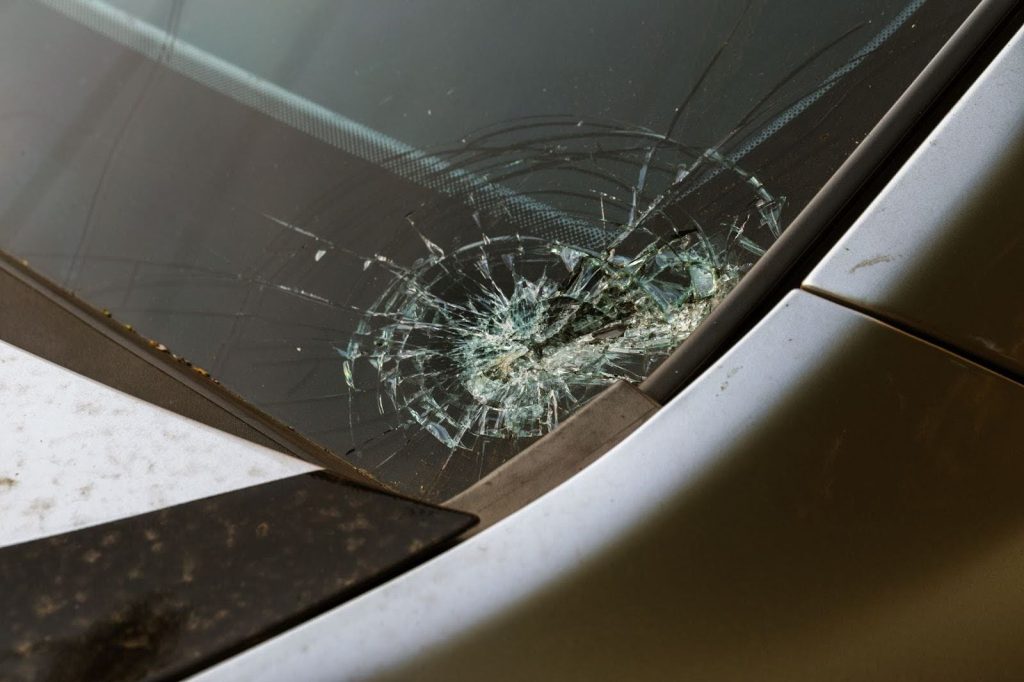
Repair techniques and technologies
Modern repair methods
The evolution of windshield repair techniques over the years has significantly improved the effectiveness and durability of repairs. Nowadays, professionals employ advanced resin injection methods that ensure the resin perfectly fills the crack or chip, bonding with the glass to restore its structural integrity.
Following the resin application, professionals use a specialized curing method to solidify the resin and clarify the repair area. This process not only mends the damage but also helps retain the windshield’s original strength and clarity, making the repair virtually unnoticeable.
DIY kits vs. professional repair
For car owners, DIY windshield repair kits present an attractive option for addressing minor chips or cracks. These kits, generally consisting of a resin compound and a curing agent, offer a quick fix for very small areas of damage. However, they have their limitations. The quality of the repair they provide cannot match that of a professional service, especially regarding larger or more complex forms of damage.
Professional repair becomes indispensable for windshields equipped with sensors or those that require calibration — such as those integral to ADAS systems. Professionals mend the glass and ensure that all related technological systems remain functional and accurate.
Technology in windshield repair
In modern vehicles, especially those equipped with Advanced Driver-Assistance Systems (ADAS), the windshield often houses important sensors that affect various driver-assistance features. This integration makes the windshield repair process more complex, as it’s not only about fixing the glass but also ensuring that the embedded technology continues to work correctly.
Professional windshield repair services have adapted to this technological advancement. They not only repair the glass but also recalibrate the ADAS sensors post-repair. This recalibration is crucial as even a slight misalignment can affect the functionality of systems like lane departure warnings, adaptive cruise control, and emergency braking. When you choose a professional service for windshield repair, you ensure the restoration of the glass and the sophisticated systems it supports to their optimal states.
Prevention and maintenance tips
Regular checks
Consistent vigilance is key to maintaining your windshield’s integrity. Make it a habit to inspect your windshield frequently, focusing on identifying even the smallest signs of damage. Look for tiny chips, minor cracks, or any irregularities in the glass that might not be immediately noticeable.
These checks are particularly crucial after long drives, trips on gravel roads, or following severe weather conditions. Early damage detection can be the difference between a simple, inexpensive repair and a costly full-windshield replacement.
Driving habits
Adapting your driving habits is one of the most effective ways to prevent windshield damage. When driving, especially at high speeds on highways or roads prone to debris, maintain a safe distance from the vehicle in front of you, especially large trucks or construction vehicles that carry loose materials. This practice reduces the likelihood of stones, gravel, or other debris being flung back onto your windshield, causing chips or cracks.
Vehicle care
Where you park your vehicle also impacts the health of your windshield. Whenever possible, opt for sheltered parking areas such as garages or carports. This choice protects your vehicle from the elements, including direct sunlight, hail, falling branches, or other damage-causing debris. If sheltered parking isn’t an option, try to find a spot that minimizes exposure to potential hazards.
For instance, avoid parking under trees known for dropping sap or near construction sites with a higher risk of falling debris. In regions with frequent hail storms or severe weather, consider using a windshield cover or blanket to provide additional protection against elements that may crack or chip the glass.
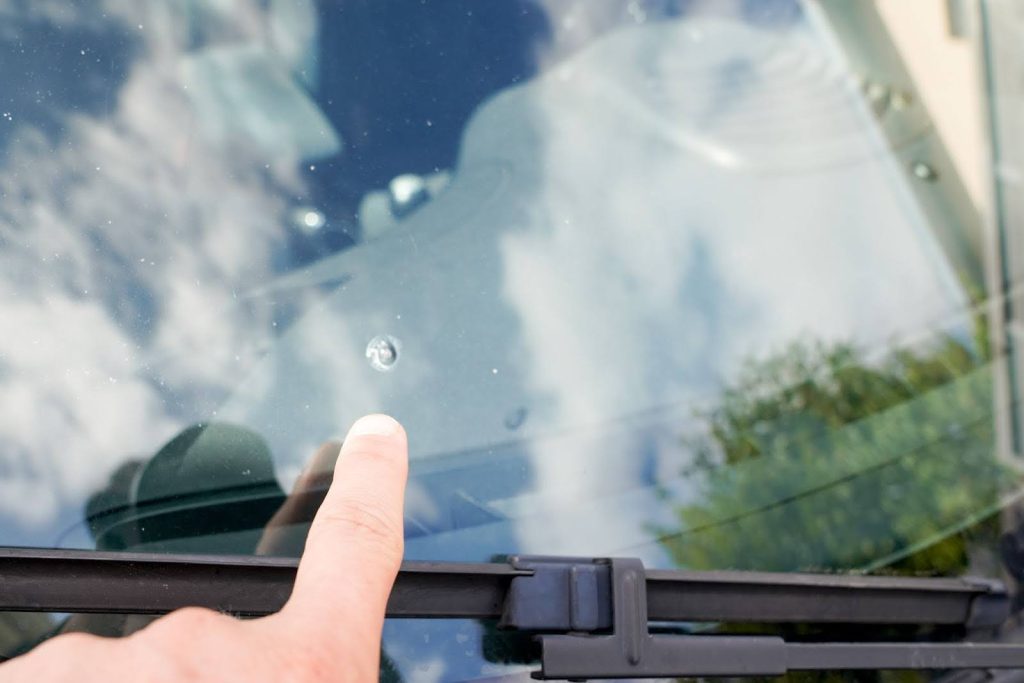
In wrapping up our detailed exploration of windshield chips and cracks, it’s clear that these seemingly small issues demand attention. Equipped with the knowledge of how to distinguish between chips and cracks and understanding their unique implications, you are now better prepared to safeguard the integrity of your windshield and, by extension, your vehicle’s overall safety.
Promptly addressing windshield damage not only preserves the clarity of your view but also reinforces your car’s structural stability. Each chip or crack carries the potential to escalate, but timely and appropriate action helps mitigate these risks. Whether it’s seeking professional repair or employing preventive measures, your proactive approach helps extend the lifespan of your windshield and ensure uninterrupted, safe journeys.
As you continue to navigate the roads, remember that your windshield is more than a pane of glass; it’s a critical safety feature. By staying informed and attentive to its condition, you contribute to a safer driving experience for yourself and others.
Rely on Utah Mobile Auto Glass!
Are you searching for a reliable and skilled solution for windshield replacement? Utah Mobile Auto Glass is your ultimate choice for quality and convenience.
At Utah Mobile Auto Glass, we boast a team of expert glass technicians, each committed to providing the highest standard of workmanship in the industry. Our team is renowned for their exceptional service, a key factor in why our clients continually trust us for their windshield needs. We understand the importance of a perfectly installed windshield for your safety and visibility, and we strive to deliver nothing less than perfection.
Navigating car insurance claims may be a hassle with others, but it’s a breeze with us. Our team is adept at working with insurance providers, ensuring that you may qualify for either free or cost-effective windshield repairs and replacements. We pride ourselves on being skilled in our craft and flexible, friendly, and incredibly easy to collaborate with. Our services range from simple rock chip repairs to comprehensive replacements of all your vehicle’s windows.
In addition to our top-tier services, we offer the convenience of free mobile assistance. Catering to customers within a 25-mile radius of our Sandy location, we bring our expert services directly to you, whether in Bountiful, Lehi, Salt Lake City, or any surrounding area. This commitment to accessibility and convenience underlines our dedication to keeping you safe and satisfied on the road.
So, if you need windshield replacement glass, remember that Utah Mobile Auto Glass is here to help. Contact Utah Mobile Auto Glass today to learn more and to experience the superior quality and convenience that set us apart in the world of auto glass services. Let us be your go-to solution for all your windshield needs.
toto slot

